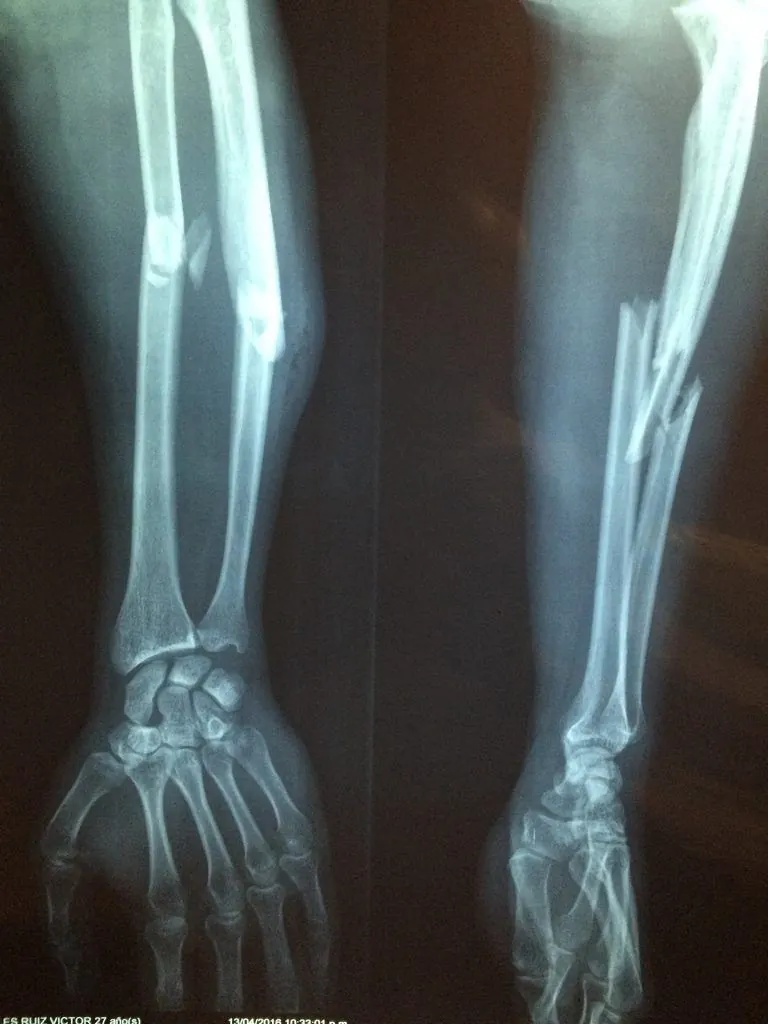Wrist Fracture Spotting with Artificial Intelligence Tool
I’m Ed Smith, a Sacramento Personal Injury Lawyer. There are many different injuries that someone can sustain. One of the most common is a fracture. There are lots of ways that someone can fracture a bone, such as:
- An auto accident
- A slip and fall injury
- While walking up or down the stairs
- A sports injury
- Physical assault
Like many other traumatic injuries, bone fractures can range widely in both their scope and severity. Almost everyone knows someone who has broken a bone while growing up or has sustained a bone fracture themselves. Some of the statistics published by Akron Children’s Hospital regarding bone fractures in their healthcare system include:
- 5,550 children present to Akron Children’s Hospital every year with a bone fracture. That is about 15 children per day.
- Summer months are the most common time of year for bone fractures.
- Boys tend to sustain bone fractures about twice as often as girls.
- The most common mechanisms of bone fractures reported were monkey bars, trampolines, scooters, snowboards, and other sports.
- The bones of the wrist (the radius and ulna) were two of the most common bones broken.
The wrist is one of the most common locations for a fracture because many people extend their hand to protect their body when they fall. While this protects the chest and abdomen from injury, it increases the chances of sustaining a wrist fracture. Sometimes, these fractures can be hard to spot, particularly if they are hairline fractures. They can be missed even by trained radiologists on an x-ray. Recently, the FDA approved a new tool that could make it easier to locate wrist fractures.
Wrist Fracture Spotting with Artificial Intelligence Tool Approved by the FDA
Over the past few years, there have been many new diagnostic and treatment modalities approved for various injuries and diseases. One of the most recent tools is called OsteoDetect. Manufactured by Imagen, this is an AI diagnostic tool that is used to locate distal radius fractures. The tool works by studying countless wrist x-rays to learn what signs indicate a fracture and what signs do not. If the tool spots various signs of a wrist fracture on an x-ray, it alerts the doctor. Importantly, this tool is not meant to replace doctors or the trained medical eye. It is meant to spot wrist fractures more quickly and accurately, helping doctors make decisions faster. This will help individuals with wrist fractures get their treatment that much sooner.
What Does This Mean for Patients?
OsteoDetect is another example of an AI tool being added to the healthcare market; however, the tool was very recently approved. Therefore, it might be a while before it becomes mainstream in the doctor’s office. The hope is that patients will be seen more quickly if they are suspected of having a bone fracture. If this is the case, they can get treated sooner. With faster treatment times, the chances of sustaining a complication are reduced. In addition, patients will be able to make a faster recovery. In the future, similar tools could be developed for other types of bone fractures. Ultimately, there might be one tool that could be used to detect a bone fracture anywhere in the body. In the meantime, individuals will need to wait patiently for the rollout of OsteoDetect.
Related Articles by Ed Smith
- Pediatric Hand and Wrist Fractures
- Radius and Ulna Shaft Fractures
- What is a Fracture of the Head of the Radius?
Personal Injury Lawyers in Sacramento
I’m Ed Smith, a Sacramento Personal Injury Lawyer. Wrist fractures can be hard to spot with an x-ray alone. If you or a family member has fractured their wrist, call me at (916) 921-6400 or (800) 404-5400 for free, friendly legal advice.
I am happy to be a member of the California chapter of the Million Dollar Advocates Forum.
You can see our verdicts and settlements here.
Feel free to look at our client reviews on Avvo, Yelp, and Google.
Image Attribution: The photo above is by pixabay.com. It has been approved for use here under the CC0 license of the Creative Commons.
:dr [cs 678] cv

